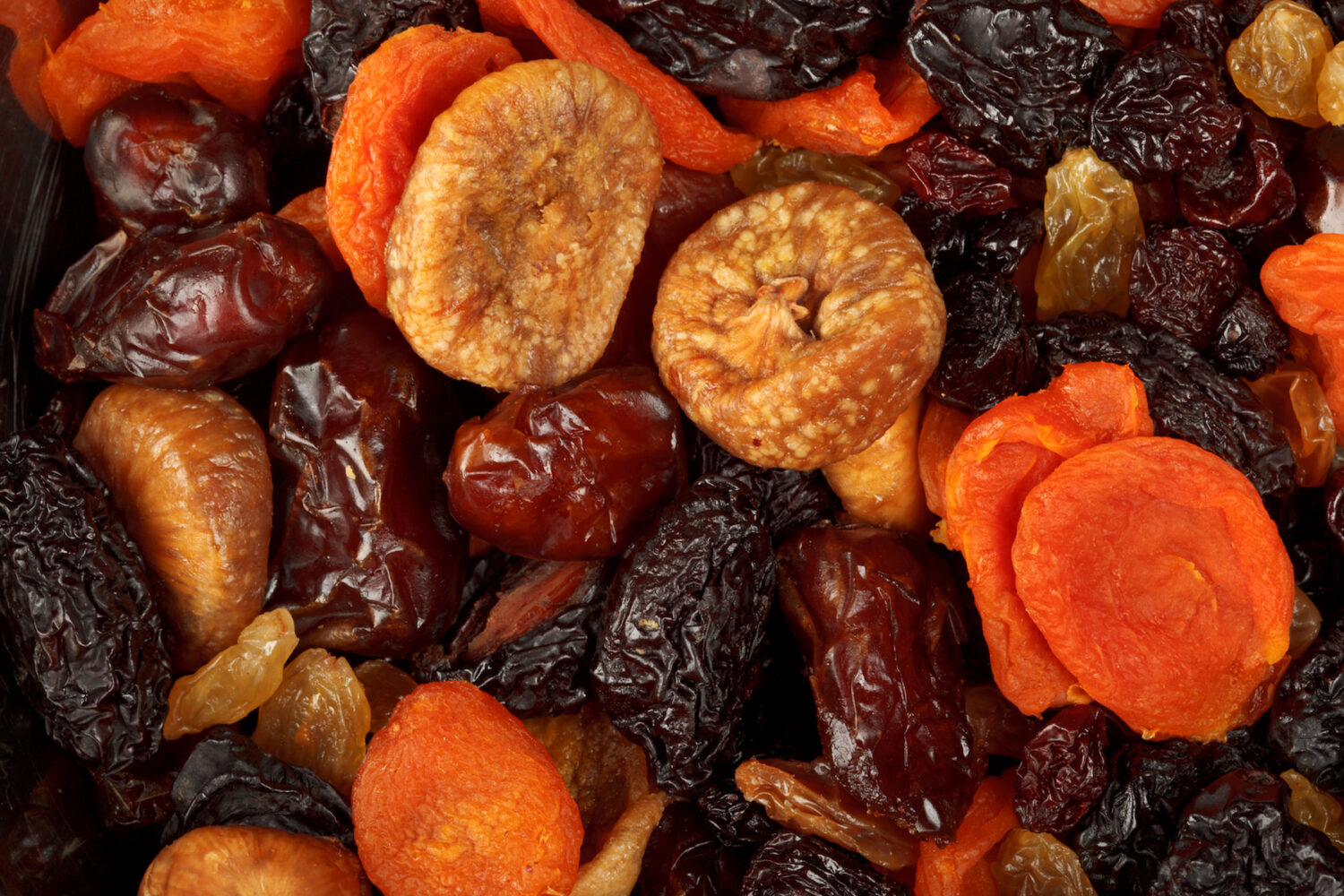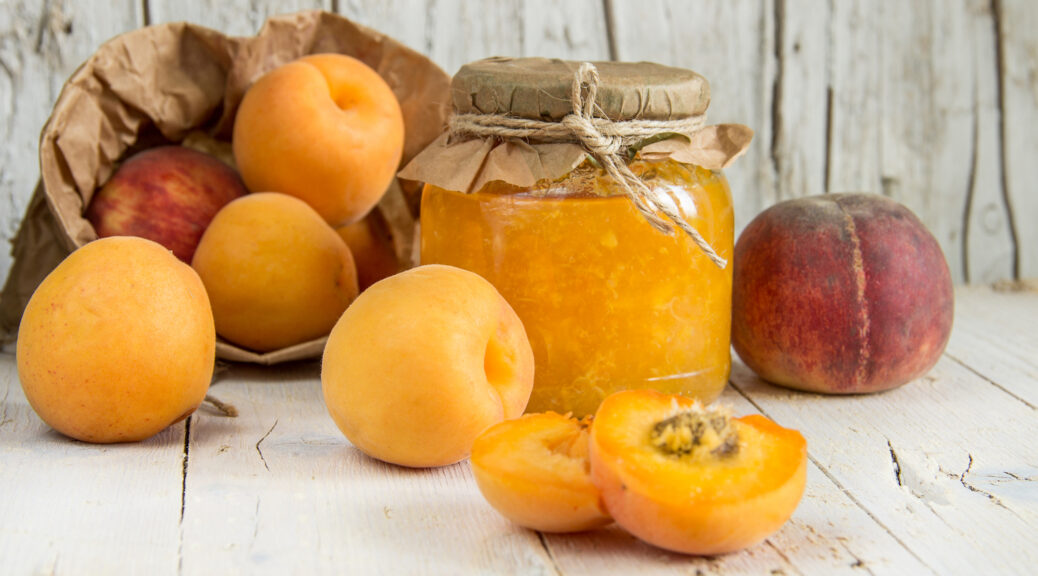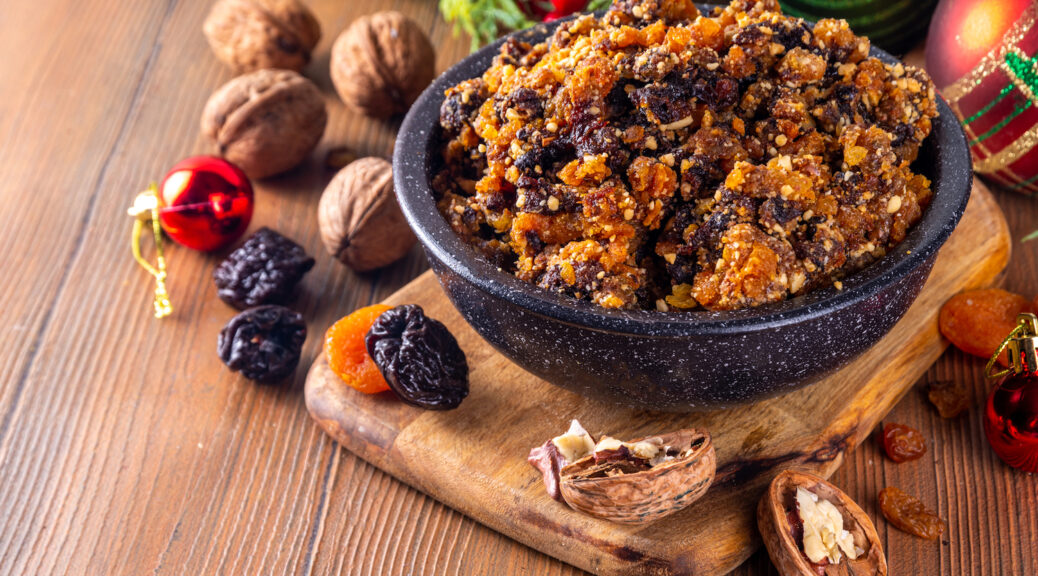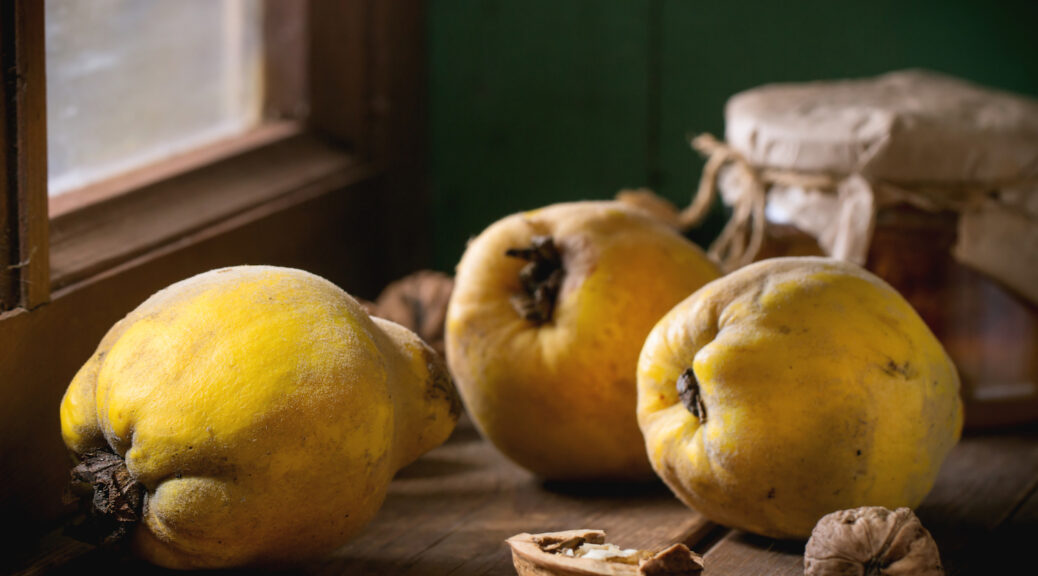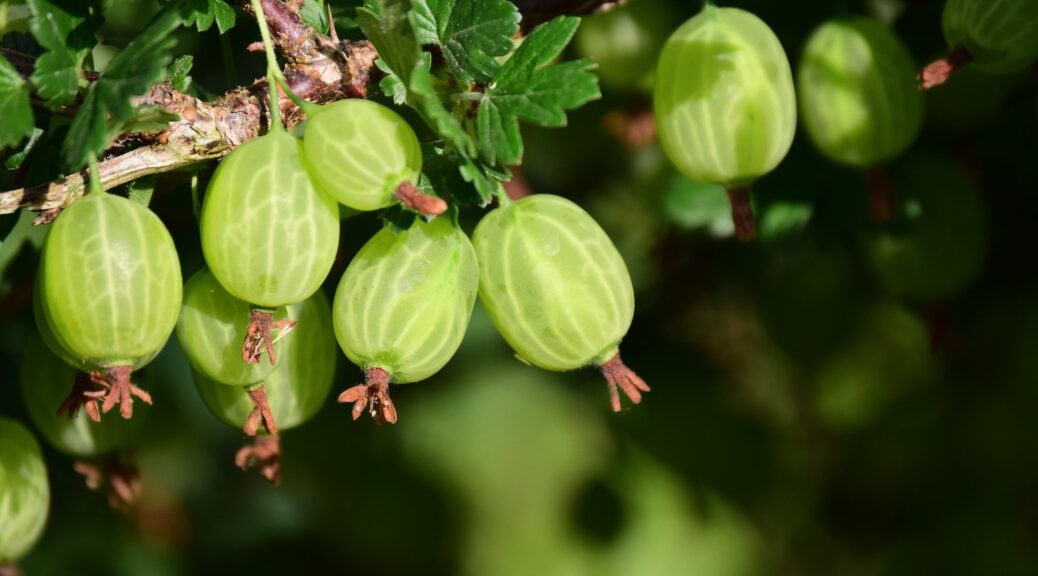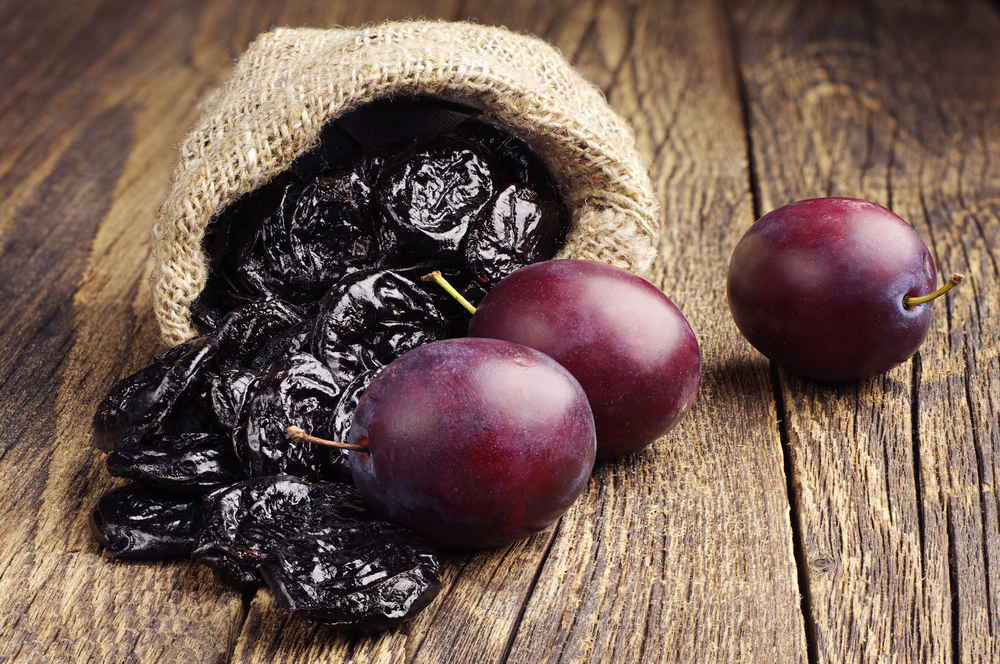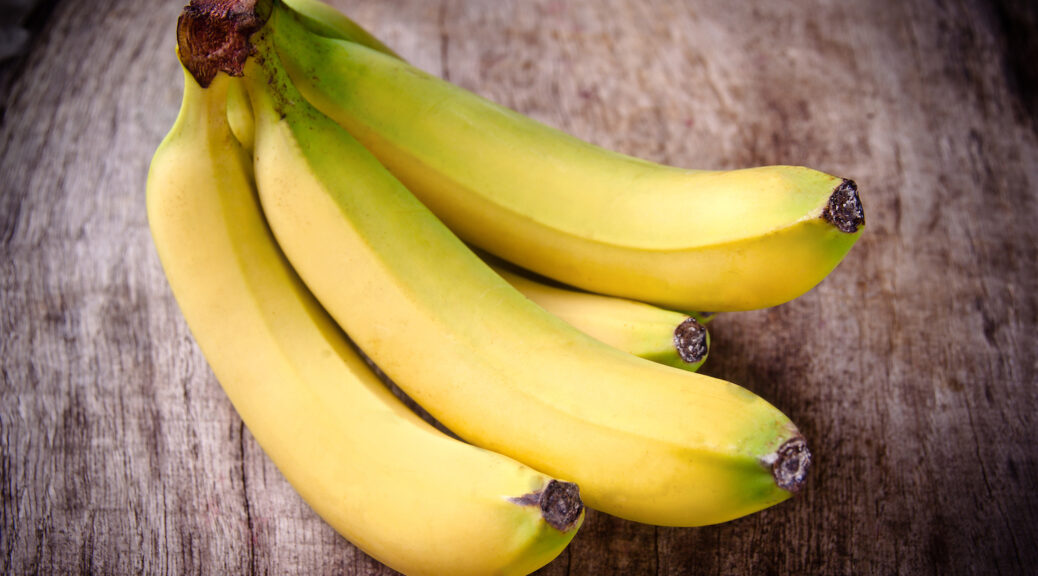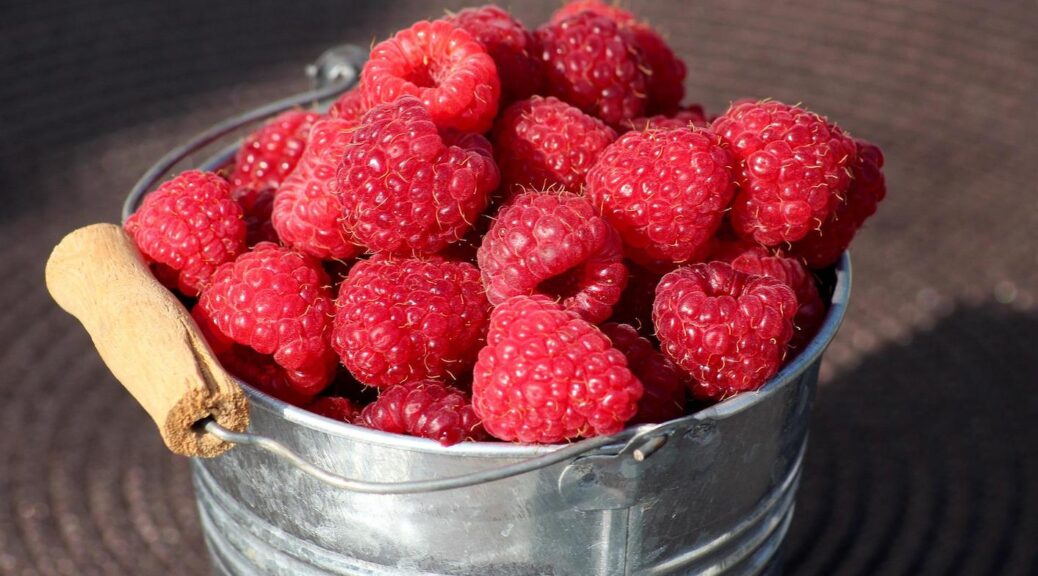Using Dried Fruits for Cooking
In the 1800s, most fruits were only eaten while in season unless they were canned or dried. Fresh bananas and oranges were often shipped long distances, but not other fruits. 1800s cookbooks never mention eating dried fruit as a snack, like we do today. Instead, dried fruit was mostly used to flavor bread or desserts. INFORMATION BELOW COMPILED FROM 1800s COOKBOOKS VARIETIES OF DRIED FRUITS There are a number of fruits that are dried before they are put on the…
